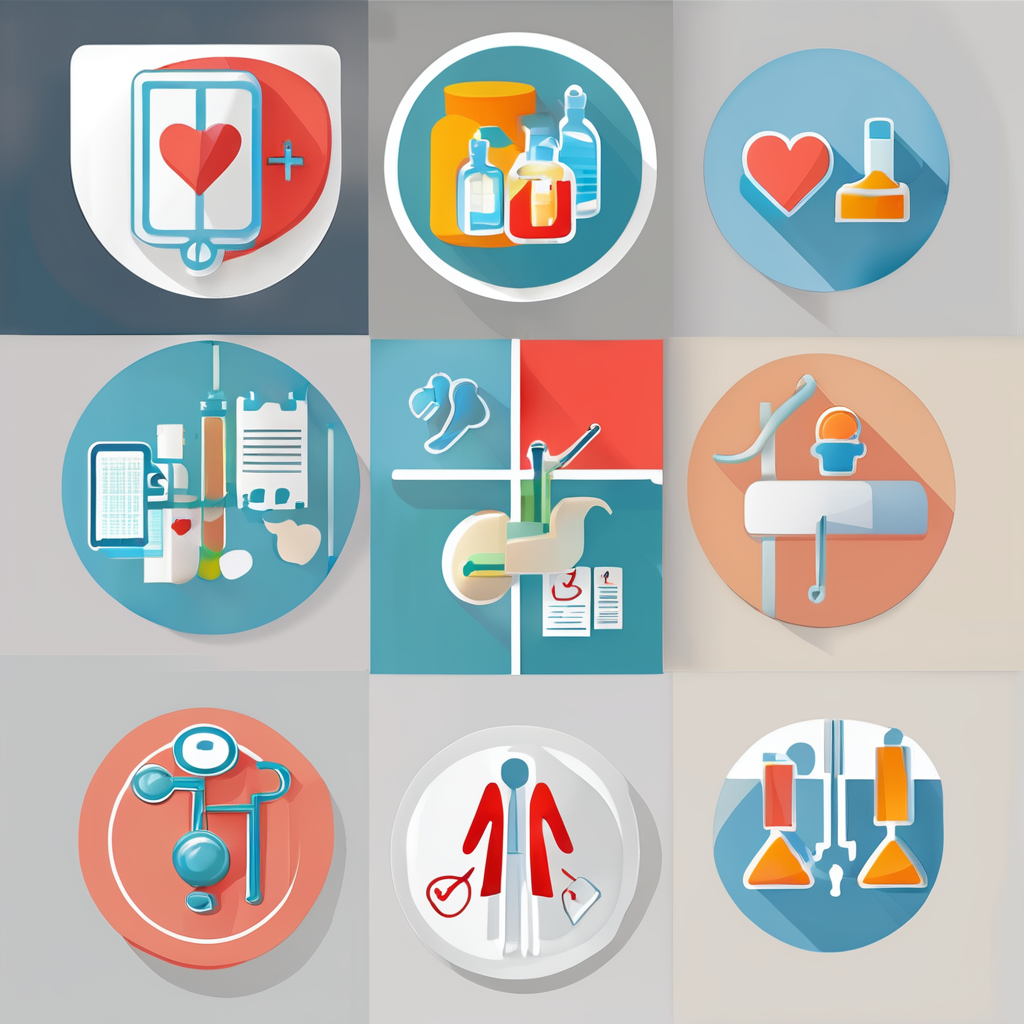Understanding Sleep Challenges in the Elderly
The ageing process often affects sleep health, leading to elderly sleep issues like insomnia, sleep apnoea, and restless leg syndrome. Age-related changes in the body’s internal clock, known as circadian rhythms, often result in lighter, more fragmented sleep, causing disrupted sleep patterns and diminished sleep quality. Seniors may experience earlier bedtimes and wake-ups, reducing sleep duration and leading to sleep deprivation.
Medical conditions and medications further impact sleep. Chronic illnesses such as arthritis and heart disease can cause discomfort, interrupting sleep cycles. Sleep can also be influenced by medications prescribed for these conditions, as side effects often exacerbate sleep deprivation. Additionally, sleep disorders can lead to daytime drowsiness, affecting overall well-being.
Also read : Revamp Your Rest: Crucial Sleep Hygiene Tips for Seniors to Optimize Their Home Sleep Environment
Understanding these challenges is vital for addressing sleep issues effectively. Recognising the complex interplay of circadian rhythms and health factors fosters a better grasp of senior sleep health, enabling tailored interventions. Efforts to improve sleep quality in older adults often focus on creating sleep-friendly environments, managing health conditions, and reviewing medications that might disrupt sleep. These targeted approaches help mitigate elderly sleep issues, improving life quality and ensuring healthier sleep patterns.
Technological Solutions for Monitoring Sleep
Exploring sleep monitoring technology offers valuable insights into sleep patterns, benefiting individuals aiming to address sleep challenges effectively. These technologies often include sleep tracking devices and wearable sleep tech intended to gather comprehensive data on sleep quality and duration.
Also read : Healing in the Golden Years: How Peer Counseling Transforms Grief for Seniors
Overview of Sleep Monitoring Tools
Several types of sleep gadgets have become popular, with many offering easy integration into daily life. Wearable devices, such as smartwatches, provide data like heart rate and sleep duration, which can be vital in addressing elderly sleep problems. Non-wearable options, including under-the-mattress sensors, are appealing for those seeking a minimalistic approach while maintaining detailed monitoring.
Features and Benefits of Sleep Trackers
Sleep tracking devices offer features to enhance user experiences, like real-time sleep stage analysis and personalised sleep coaching. Many devices employ AI algorithms to provide actionable insights, enabling individuals to refine their sleep strategies efficiently. Through this technology, seniors can better understand their sleep cycles, identifying problematic patterns leading to sleep deprivation.
Comparison of Popular Sleep Apps and Devices
Evaluating the effectiveness of various apps and devices helps pinpoint suitable solutions. While some apps focus on tracking and analysis, others incorporate mindfulness exercises to encourage relaxation before bed. Understanding these features allows seniors to make informed choices tailored to their specific needs.
Innovative Technologies to Improve Sleep Quality
Exploring sleep improvement technology offers exciting possibilities for enhancing sleep quality, particularly for older adults. These technologies, like smart home sleep solutions, create environments conducive to better rest. Smart thermostats and automated lighting, for instance, adjust room temperature and light intensity, aligning with the body’s natural rhythms to promote optimal sleep conditions.
Sleeping aids have seen technological advancements, becoming more effective and user-friendly. Devices such as white noise machines now offer a range of soundscapes tailored to individual preferences, masking disruptive noises effectively. Light therapy devices provide a non-invasive method to adjust sleep-wake cycles, especially useful for those with shifted circadian rhythms.
Innovation has also spurred the development of interactive sleep systems, which integrate with personal health data to curate personalised sleep experiences. These systems can recommend specific adjustments, like modifying light settings or playing calming sounds based on real-time feedback. By leveraging these sleep improvement technologies, individuals can enhance their sleep quality, addressing issues like sleep deprivation and fragmented sleep patterns. As these technologies continue to evolve, they hold promise for significantly improving the sleep health of the elderly population.
Practical Tips for Enhancing Sleep Among Seniors
Improving sleep among seniors can significantly elevate well-being. Adopting effective sleep hygiene tips is crucial.
Establishing a Consistent Sleep Routine
Consistency is key to quality sleep. Seniors should aim to maintain regular bedtimes and wake-up times, even on weekends, to strengthen their circadian rhythms. This routine helps the internal clock to stabilise, reducing sleep deprivation. Utilising relaxing pre-sleep rituals, like reading or gentle stretching, encourages transition into restful sleep.
Environmental Modifications for Better Sleep
A conducive sleep environment plays a pivotal role in reducing elderly sleep issues. Optimising the bedroom setting boosts sleep quality. Lowering noise and light levels, adjusting the room temperature, and investing in comfortable bedding can help. Removing electronic devices also minimises sleep disruptions, enhancing overall restfulness.
Lifestyle Changes to Support Sleep Improvement
Adopting healthier lifestyles can mitigate sleep challenges. Encourage regular physical activity during the day, avoiding rigorous exercise close to bedtime. Nutritional choices impact sleep; thus, seniors should limit caffeine and avoid heavy meals before sleeping. Hydration is crucial, but it’s best to limit fluid intake in the evening to prevent night-time awakenings.
Case Studies and Testimonials
Exploration into sleep success stories reveals how integrating technology has transformed sleep quality for seniors. One study involved seniors using sleep monitoring technology, which led to improved sleep patterns. By integrating sleep tracking devices, they identified specific disruptions, allowing caregivers to tailor interventions effectively.
In real-life testimonials, a family utilised wearable sleep tech for their elderly parent, noticing significant sleep quality improvements. The device provided feedback instrumental in adjusting bedtimes, aligning with circadian rhythms, thereby minimising sleep deprivation. Caregivers reported feeling more connected to the seniors’ sleep health, fostering confidence in the technology’s benefits.
Another compelling case involved a caregiver who implemented interactive sleep systems. These systems adapted in real-time to feedback, suggesting optimal sleep conditions. The responsible caregiver noted a marked improvement in the elderly individual’s mood and overall health, emphasising technology’s potential in elder care.
These experiences underscore how seniors and technology create win-win scenarios, enhancing sleep quality and well-being. Lessons from these integrations highlight the need for understanding technological benefits while acknowledging the importance of personalised care. Such transformative results encourage more widespread adoption of tech solutions in elder care for sleep enhancement.

